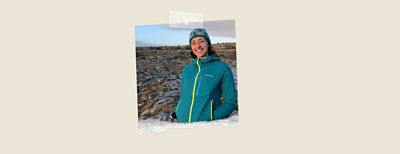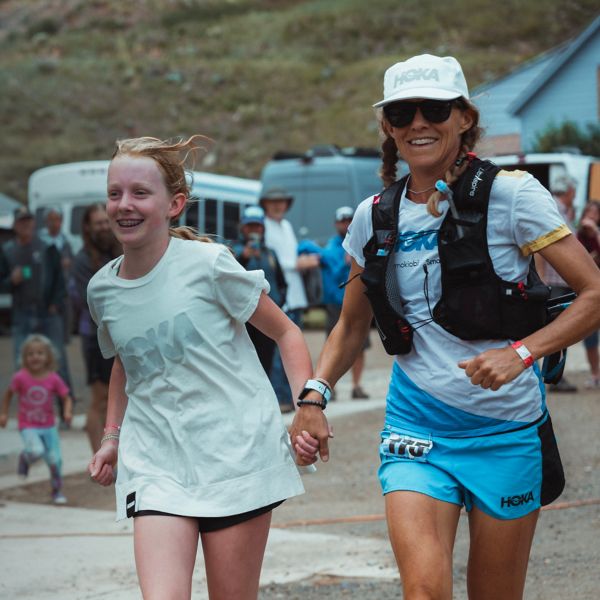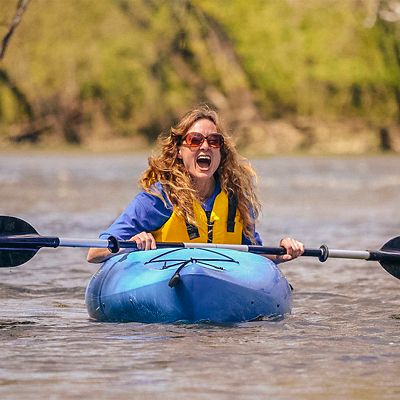
Shelma Jun wasn’t trying to start a movement when she launched an Instagram account called Flash Foxy back in 2014. Like many women, Jun (she/her) had learned to rock climb surrounded by men. After getting involved with a group of female climbers in New York, though, she was inspired to share a different side of the climbing experience. The account was simply a way to celebrate women climbers, raising their visibility and helping them connect with each other. But good ideas have a way of taking on a life of their own.
Followers began to pile up, eager for more. “People kept reaching out and saying, ‘I wish there was a way for me to meet more women to climb with,’” Jun says. At the time, female-oriented climbing events were scarce, so she decided, well, why not create one? “We started the climbing festival in 2016, and it sold out in 24 hours,” she remembers. “By the second year, it sold out in a minute and had 800 people on the waiting list.” Jun had a full-fledged phenomenon on her hands.
It’s only grown since then. Today, Flash Foxy puts on two climbing festivals per year—one in Bishop, Calif., and one focused on trad climbing in North Conway, N.H.—a new trail running festival, and an education program that offers technical climbing courses across the country. The organization also recently expanded its focus to include not only women but also genderqueer people, including non-binary and transgender climbers and runners.
We caught up with Jun, along with Events and Operations Associate Lou Bank (they/them) and Social Media Coordinator Bennett Rahn (she/her) to talk about Flash Foxy’s mission and why it matters. (The following is a combination of three separate interviews; responses have been edited for clarity and space.)
PUBLIC LANDS: What attracted you to Flash Foxy as a place to work?
BENNETT RAHN: Flash Foxy has been on my radar for a really long time. It’s kind of the reason I started becoming a social media influencer. They reposted a photo of mine years ago that went viral. I was like, people actually resonate with my body climbing. In a lot of ways, they introduced me to the idea that having a platform around seeing yourself reflected in climbing is important, not just to me, but to the other people seeing it.
LOU BANK: I’d been following them, but had never felt like the space was for me. I’m a non-binary, transmasculine individual. When Flash Foxy announced the change in mission statement, I had just moved into my car to focus on climbing full-time. I got involved then, and a big part of what I’ve been focused on is trying to figure out how genderqueer and gender-nonconforming folks felt welcomed—which has been super-fun for me. That’s the work I’m excited about, making trans-inclusive spaces.



